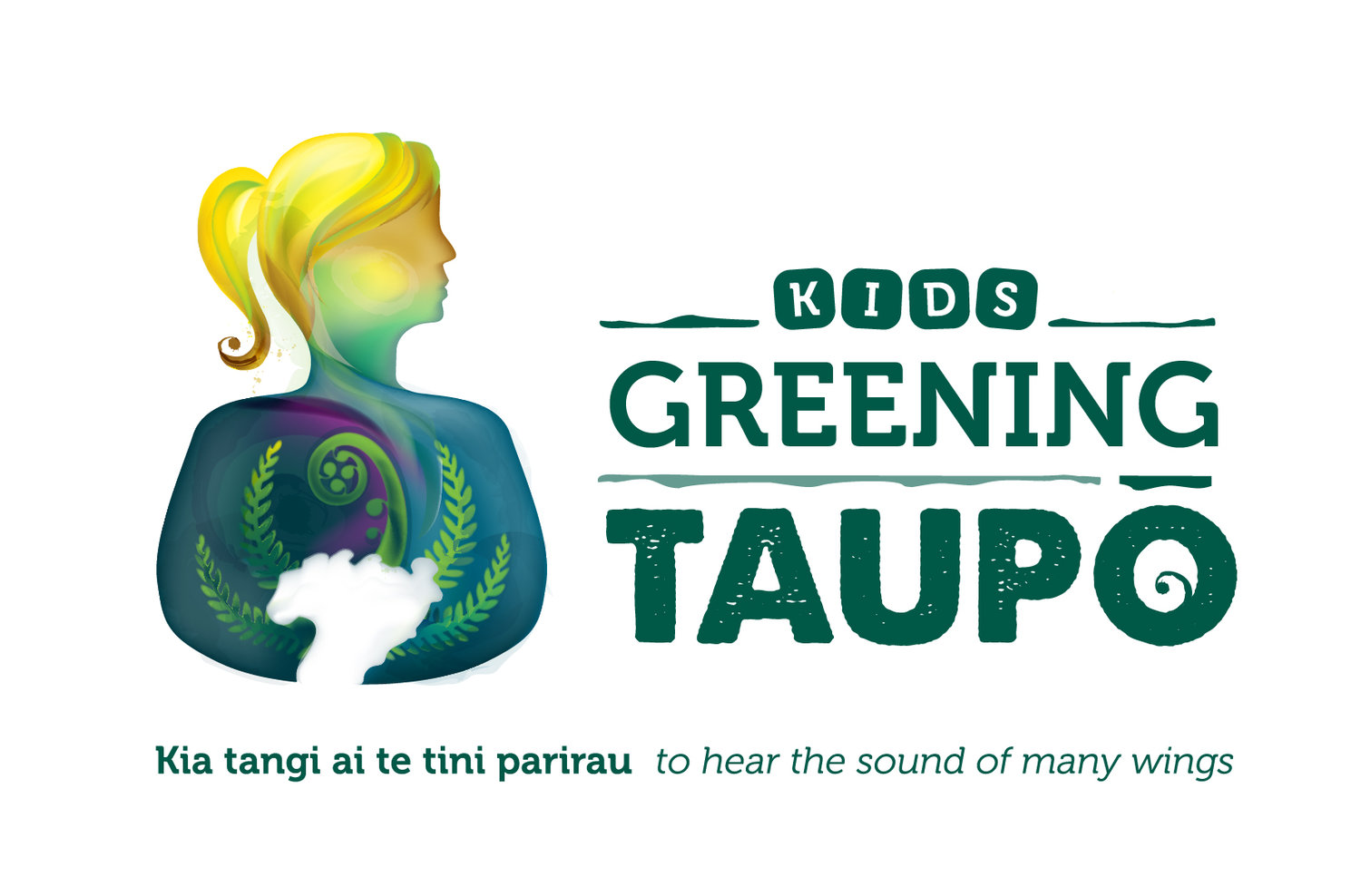Biological Control Workshop
This week, in collaboration with Waikato Regional Council, we hosted a Biological Control workshop. We listened to experts from WRC in Hamilton talk about the process of finding suitable biocontrols and bringing them to Aotearoa, then eventually releasing them here to combat plant pests. Did you know that in Aotearoa we have many more introduced plants than native plants, and that some of these plants become plant pests? These exotic plant pests are curerently endangering more than half of our most vulnerable habitats. One of the biggest problems is that sometimes these plants are so different from the ones that we have here that nothing wants to eat them. This allows them to grow really fast and invade our ecosystems. A really good example of this is Tradescantia, also known as ‘Wandering Willy’. This pest plant has the ability to grow unchecked in some of our forests and it forms dense carpets on the forest floor smothering native plants and stopping seedlings growing. Biocontrols are about finding a natural enemy or predator of the plant. Finding suitable biocontrols for pest plants is a complex process with many aspects. It takes a lot of time and biocontrols have to be rigorously tested to ensure that they are safe in our environment. We heard about and got to look at lots of different examples, those that have been successful and some that have been more challenging. We also learned that we can help by being citizen scientists and identifying where biocontrols have spread by using the seek by inaturalist app.
Then we took a look at the St Patrick's Catholic School, Taupo biological control project and students shared their learnings. Tradescantia grows in gullies in Taupō and has been overtaking the school’s native planting. There are 4 biocontrols for Tradescantia, 3 different beetles and a fungus, the St Patrick’s students had released two types of Tradescantia beetles. When we visited the Gully to see if we could find beetles, we also saw signs of the biocontrol fungus. We are hoping in a few years this weed will be far less vigorous giving the native plants in the gully a better chance to establish and grow. It was great to have over 40 people from different organisations, businesses, groups, councils etc attend to share in the learning.












